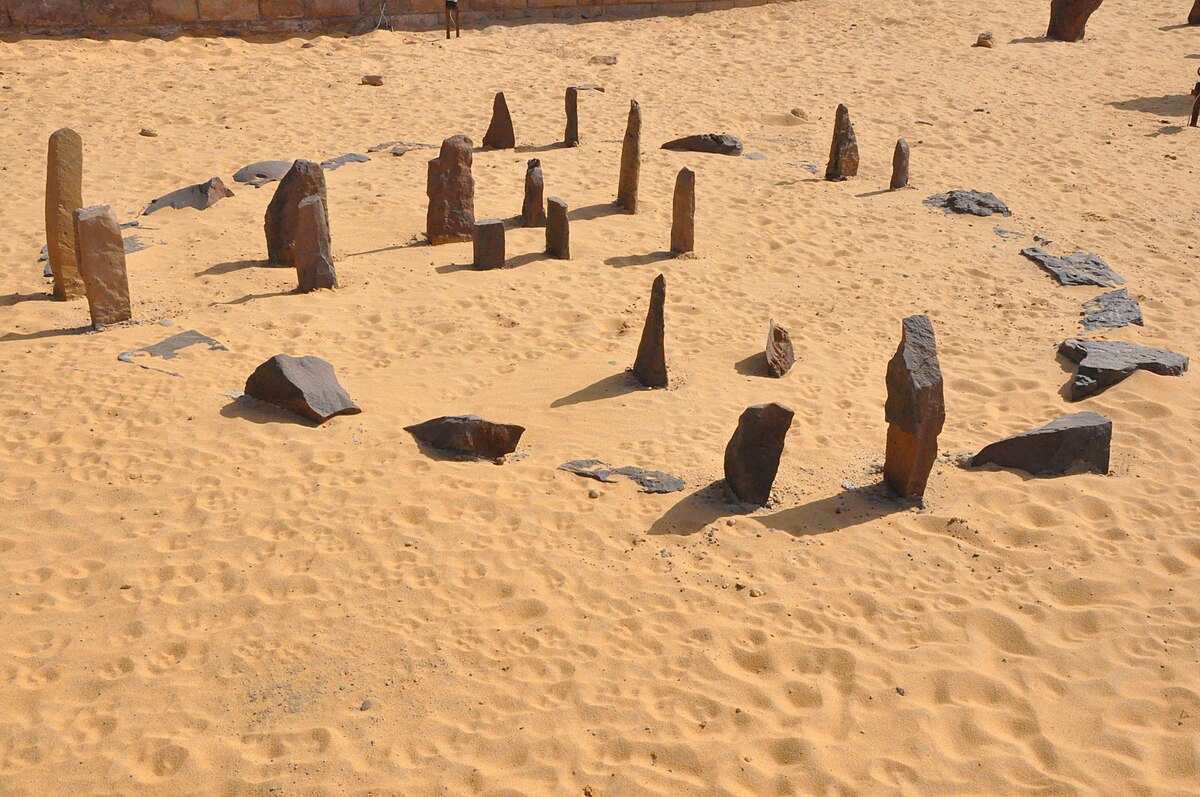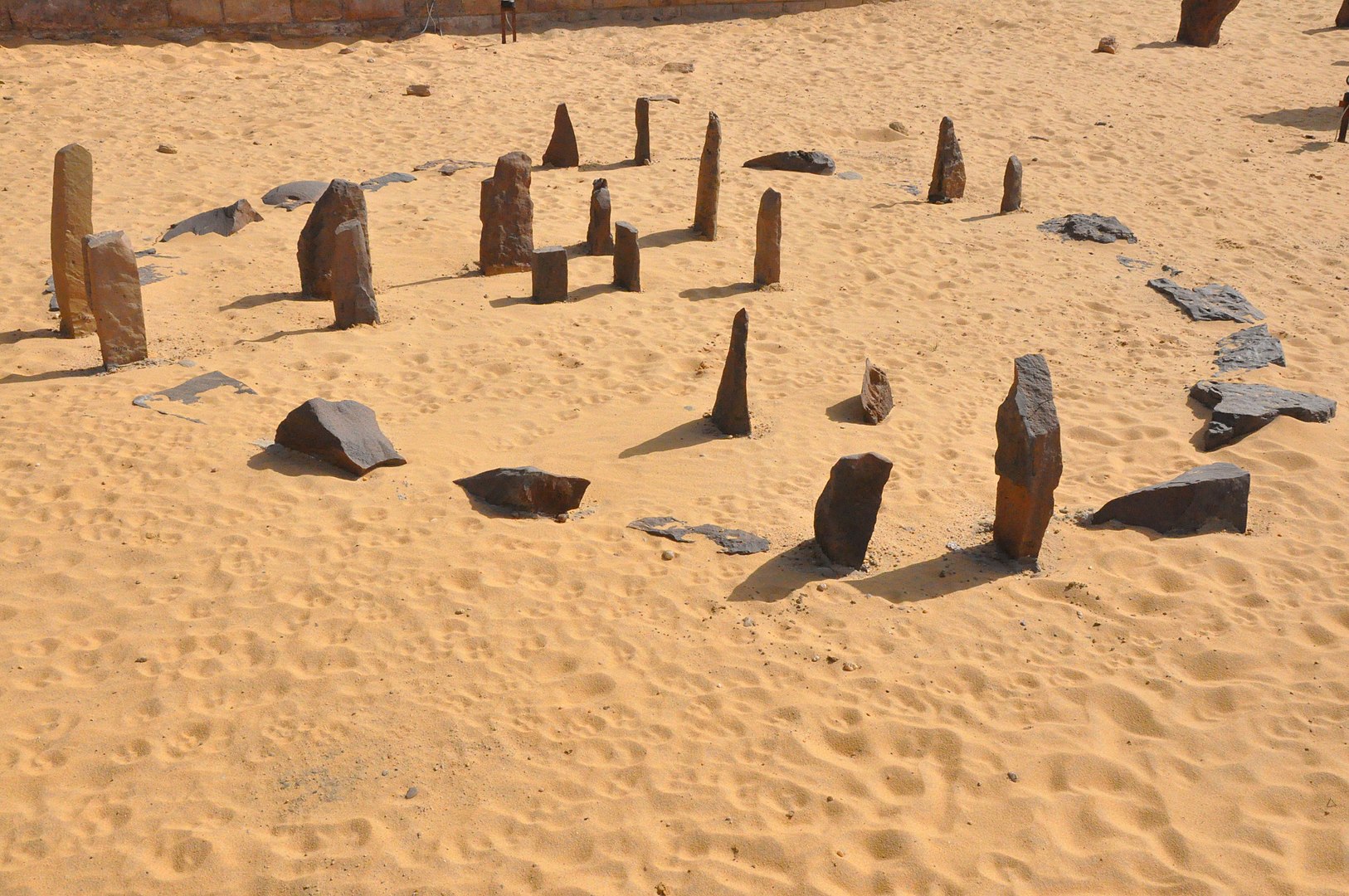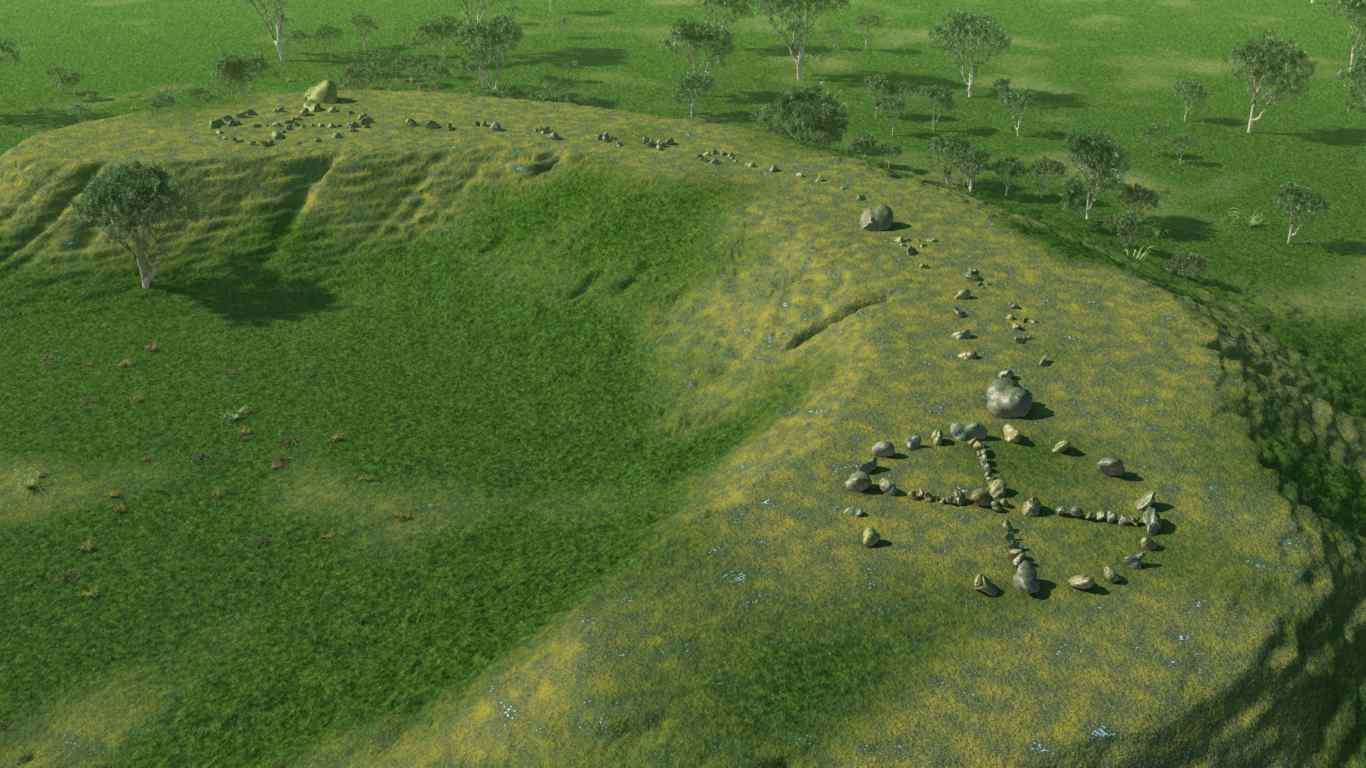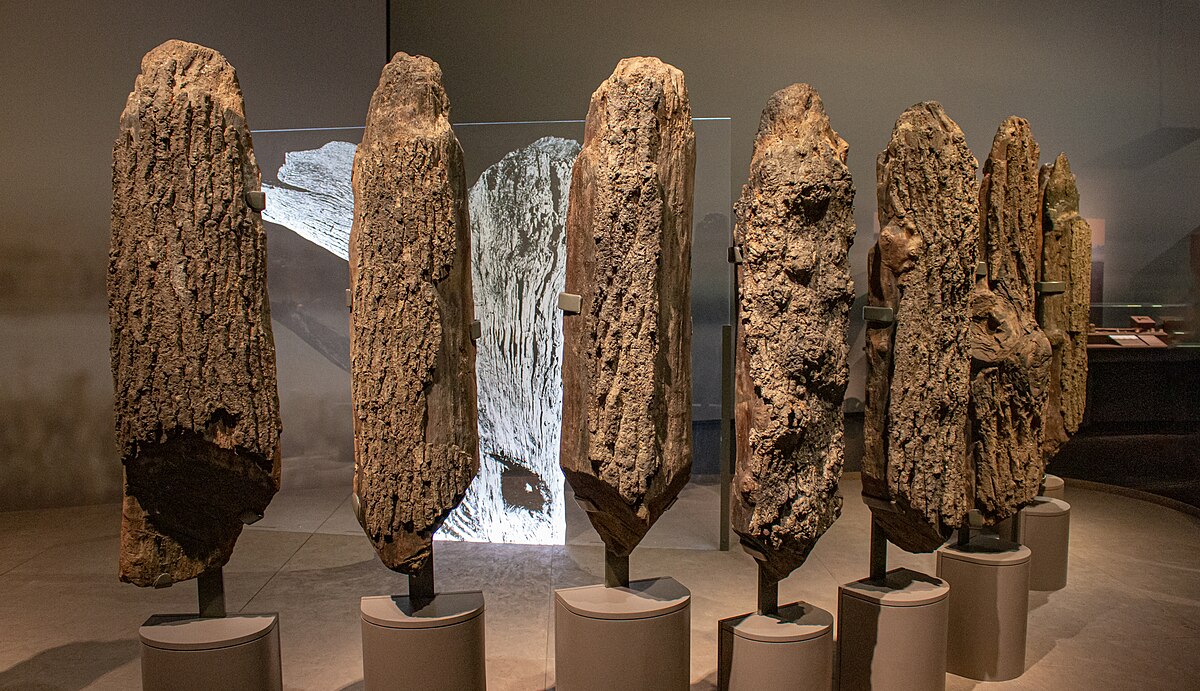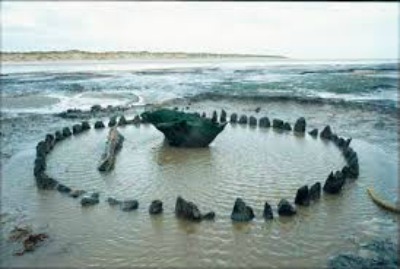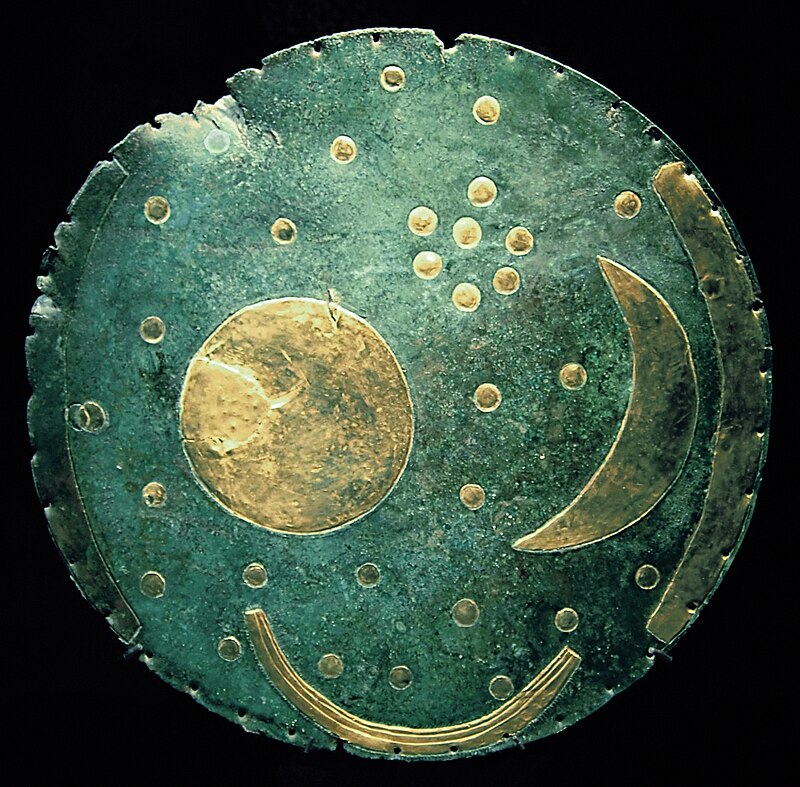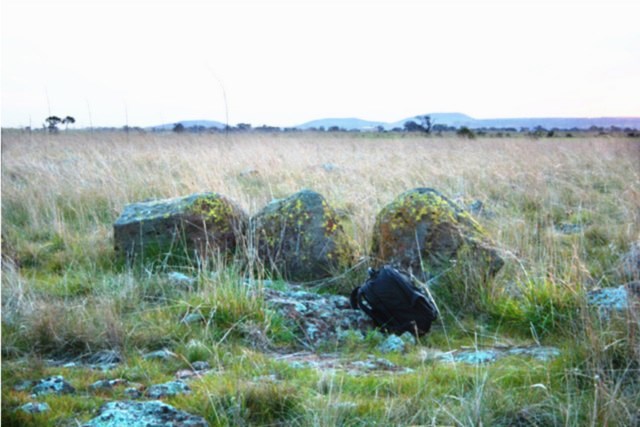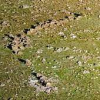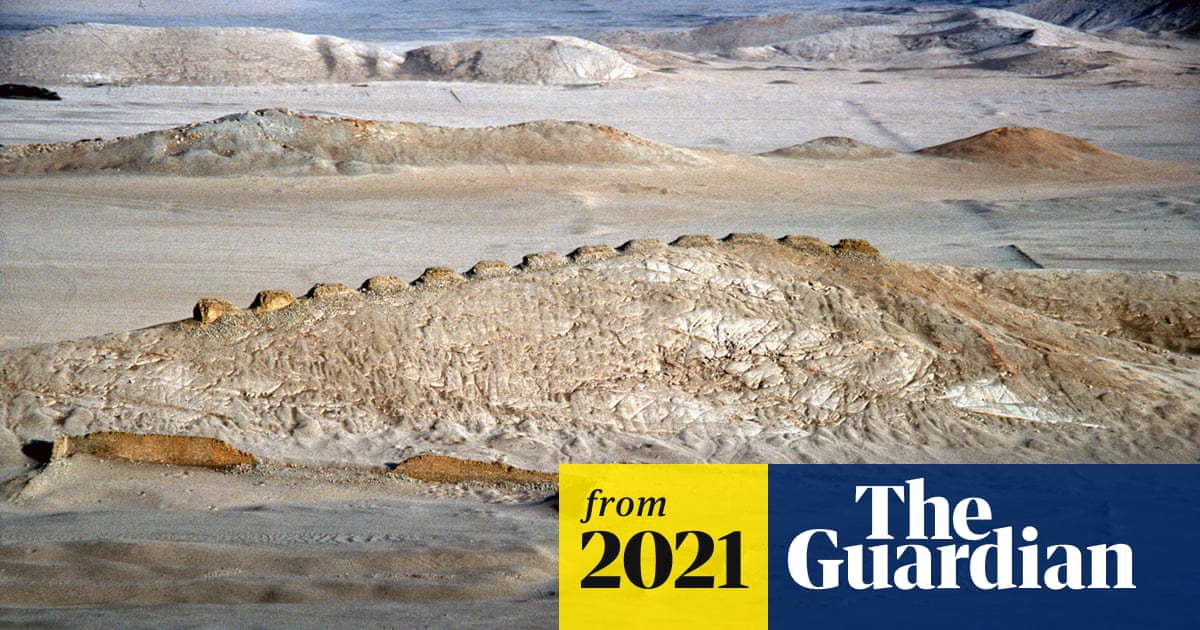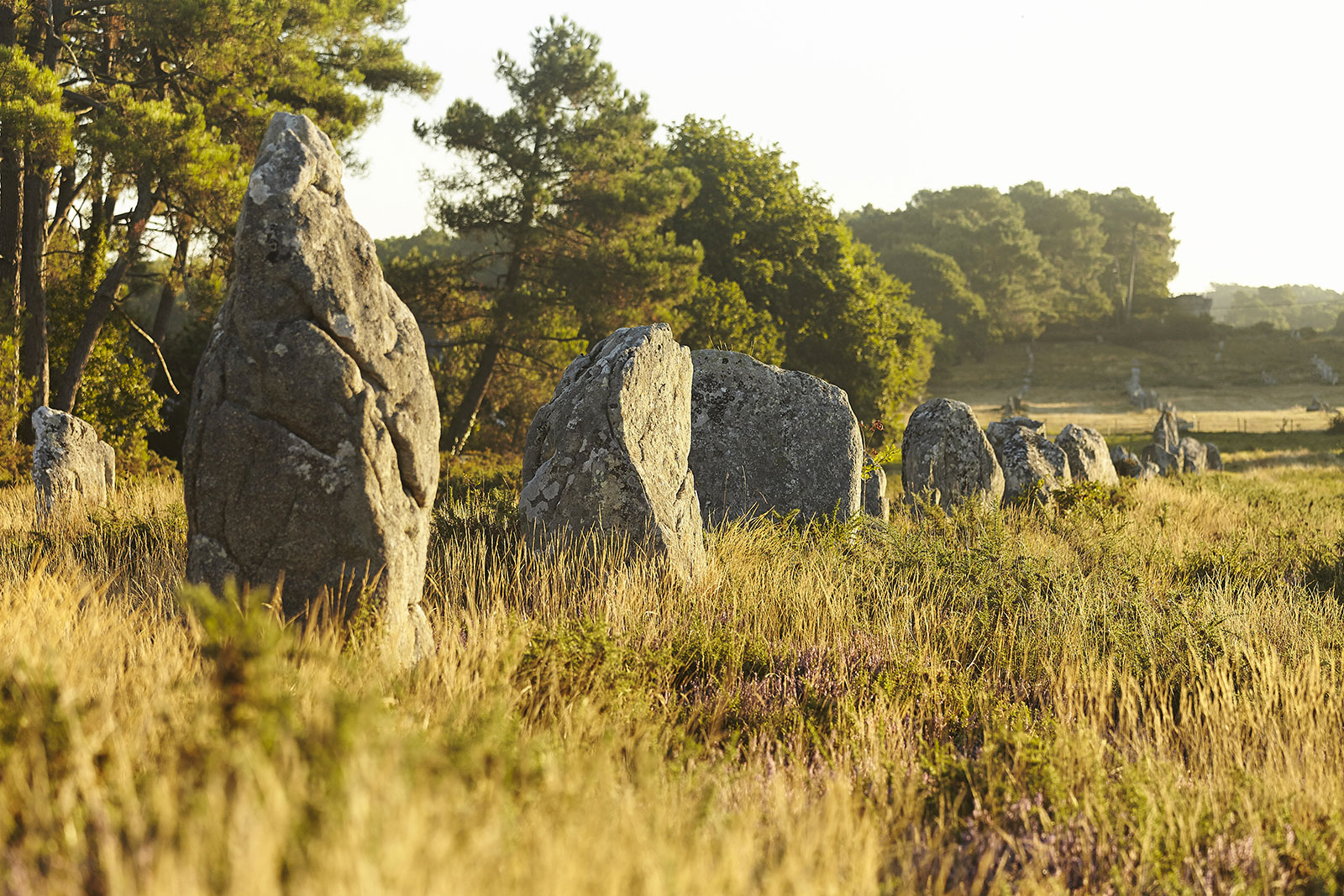5fish
Well-Known Member
- Joined
- Jul 28, 2019
- Messages
- 10,699
- Reaction score
- 4,551
Stonehenge in Africa, in Morocco... There a stone circle in Morocco similar to Stonehenge and other stone circles around the world. The site of the Mzora stone circle is by some the burial place Antaeus of Greek and Berber Mythologies...
Antaeus (/ænˈtiːəs/; Ancient Greek: Ἀνταῖος Antaîos, lit. "opponent", derived from ἀντάω, antao – 'I face, I oppose'), known to the Berbers as Anti, was a figure in Berber and Greek mythology.[1] He was famed for his loss to Heracles as part of his twelve Labours
Antaeus would challenge all passers-by to wrestling matches[6] and remained invincible as long as he remained in contact with his mother, the earth.[7][8][9][10] As Greek wrestling, like its modern equivalent, typically attempted to force opponents to the ground, he always won, killing his opponents.[7][11][12] He built a temple to his father using their skulls.[7][13] Antaeus fought Heracles as he was on his way to the Garden of Hesperides as his 11th Labour.[14] Heracles realized that he could not beat Antaeus by throwing or pinning him. Instead, he held him aloft and then crushed him to death in a bear hug.[15][16][17]

 en.wikipedia.org
en.wikipedia.org
The Mzora Stone Circle
Msoura (also Mzoura, Mezora, Mçora, M'Zorah, M'Sora or Mzora)[1] is an archaeological site of a stone circle in northern Morocco. It is located near Chouahed village, 15 kilometers southeast of Asilah, and consists of 167 monoliths surrounding a tumulus 58 m long, 54 m wide, with a height of 6 m. One of the monoliths, known as El Uted (the peg) measures more than 5 m, with the average height of the monoliths being 1.5 m. Legend claims it is the tomb of the giant Antaeus. Dated to the 4th or 3rd century BC, the site probably hints to the beginnings of the Kingdom of Mauretania.
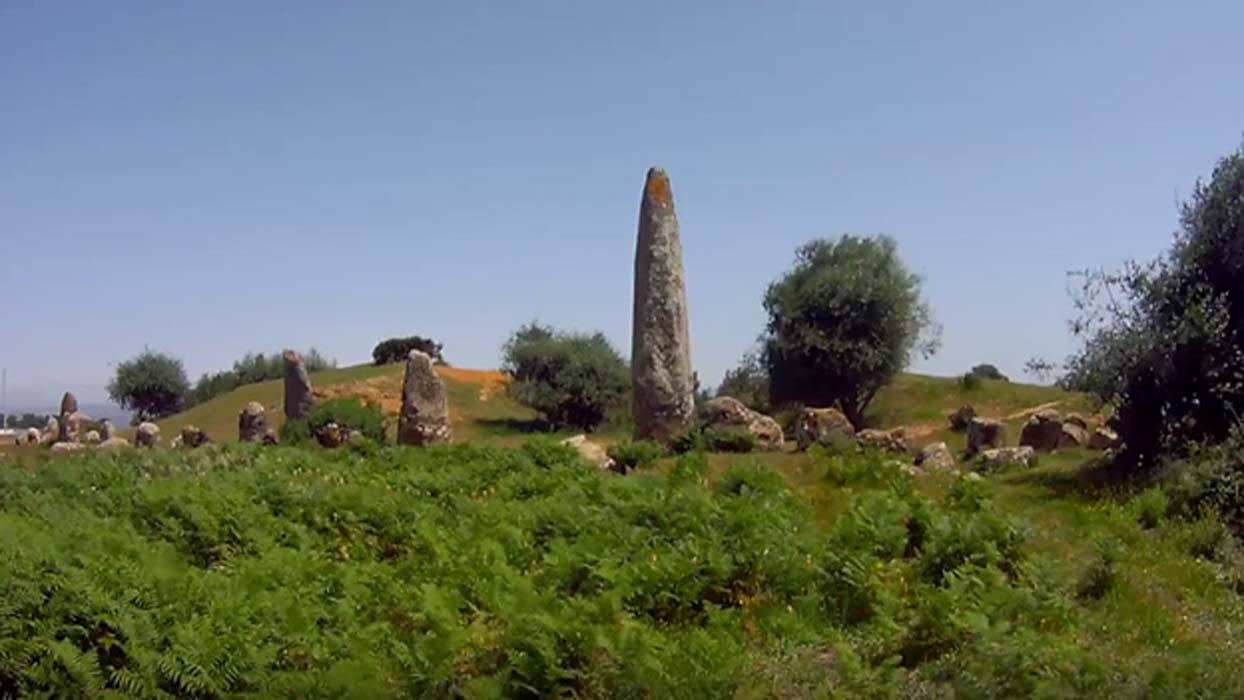
 www.ancient-origins.net
www.ancient-origins.net
But the building of stone circles like this is far from an isolated event. There are plenty of examples, from Avesbury Stone Circle which is not too far away from Stonehenge in the UK, to Stoplesteinan in Norway, and a number of stone circles at the site of Carnac in France .
No matter what they were used for or who they were built by these stone circles all have one thing in common – they are a distinctly European phenomenon. It may therefore be surprising to learn that there is a megalithic stone circle in what is today northern Morocco. And it is just as mysterious and impressive as its European counterparts.
While Mzora has been rediscovered in Africa within the past 200 years, it was first described by the Roman general Quintus Sertorius in the 1st Century AD as he was told it was the tomb of Antaeus – a legendary giant who was slayed by the heroic demi-god Hercules as one of his labors. The size of the barrow in the center of the circle is probably at the heart of this rumor, which astounded Sertorius so much he conducted one of the first recorded archaeological excavations at the site. He wrote that the body of a man 26 meters (85 feet) long was found and he was so struck with horror that he immediately covered it again.

Sketch of Mzora Stone Circle, 1830 The Mysterious Moroccan Megalithic Menhirs of Mzora.
Today...

Antaeus (/ænˈtiːəs/; Ancient Greek: Ἀνταῖος Antaîos, lit. "opponent", derived from ἀντάω, antao – 'I face, I oppose'), known to the Berbers as Anti, was a figure in Berber and Greek mythology.[1] He was famed for his loss to Heracles as part of his twelve Labours
Antaeus would challenge all passers-by to wrestling matches[6] and remained invincible as long as he remained in contact with his mother, the earth.[7][8][9][10] As Greek wrestling, like its modern equivalent, typically attempted to force opponents to the ground, he always won, killing his opponents.[7][11][12] He built a temple to his father using their skulls.[7][13] Antaeus fought Heracles as he was on his way to the Garden of Hesperides as his 11th Labour.[14] Heracles realized that he could not beat Antaeus by throwing or pinning him. Instead, he held him aloft and then crushed him to death in a bear hug.[15][16][17]

Msoura - Wikipedia
 en.wikipedia.org
en.wikipedia.org
The Mzora Stone Circle
Msoura (also Mzoura, Mezora, Mçora, M'Zorah, M'Sora or Mzora)[1] is an archaeological site of a stone circle in northern Morocco. It is located near Chouahed village, 15 kilometers southeast of Asilah, and consists of 167 monoliths surrounding a tumulus 58 m long, 54 m wide, with a height of 6 m. One of the monoliths, known as El Uted (the peg) measures more than 5 m, with the average height of the monoliths being 1.5 m. Legend claims it is the tomb of the giant Antaeus. Dated to the 4th or 3rd century BC, the site probably hints to the beginnings of the Kingdom of Mauretania.

The Mzora Stone Circle: A Megalithic Mystery in Morocco
When people think of megalithic structures, there is a clear behemoth which undeniably dominates the history books – Stonehenge
But the building of stone circles like this is far from an isolated event. There are plenty of examples, from Avesbury Stone Circle which is not too far away from Stonehenge in the UK, to Stoplesteinan in Norway, and a number of stone circles at the site of Carnac in France .
No matter what they were used for or who they were built by these stone circles all have one thing in common – they are a distinctly European phenomenon. It may therefore be surprising to learn that there is a megalithic stone circle in what is today northern Morocco. And it is just as mysterious and impressive as its European counterparts.
While Mzora has been rediscovered in Africa within the past 200 years, it was first described by the Roman general Quintus Sertorius in the 1st Century AD as he was told it was the tomb of Antaeus – a legendary giant who was slayed by the heroic demi-god Hercules as one of his labors. The size of the barrow in the center of the circle is probably at the heart of this rumor, which astounded Sertorius so much he conducted one of the first recorded archaeological excavations at the site. He wrote that the body of a man 26 meters (85 feet) long was found and he was so struck with horror that he immediately covered it again.

Sketch of Mzora Stone Circle, 1830 The Mysterious Moroccan Megalithic Menhirs of Mzora.
Today...


